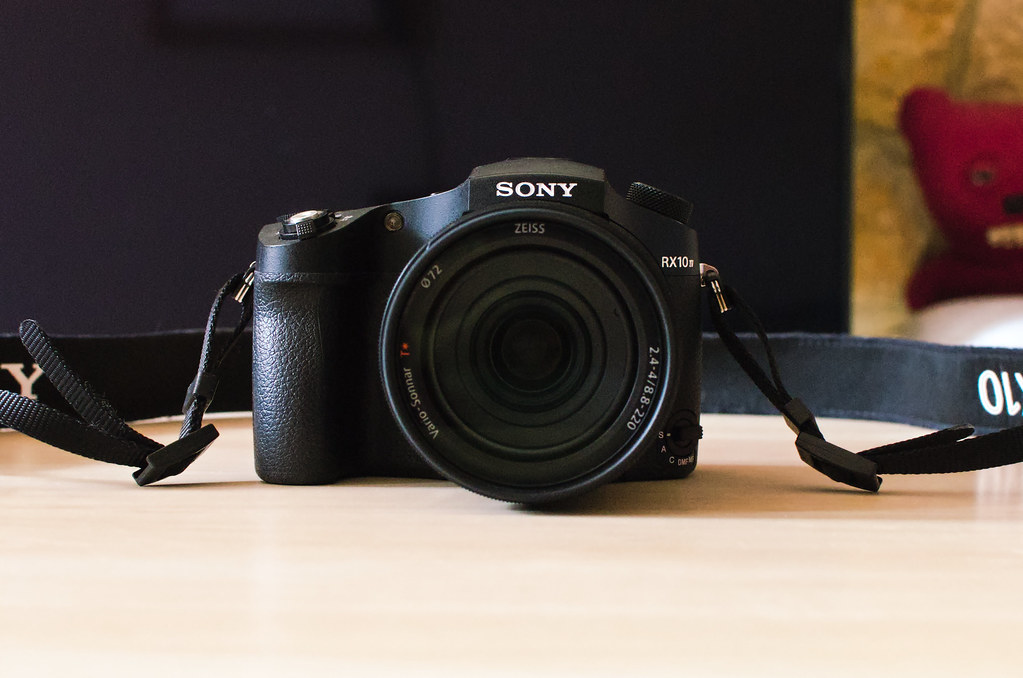In today's article I bring you a list of the 7 best bridge cameras for all budgets. I am aware that they are largely unknown, although they are becoming more popular, so before showing you the list with the recommendations, I will answer the most frequently asked questions about this type of camera, so that you do not have any doubts and you can check if this is the ideal type of camera for you. Because not everyone needs an SLR
WHAT IS A BRIDGE CAMERA?
The bridge cameras (bridge in English) are the cameras that are between the compact and the reflex or the EVIL (without mirror).
BRIDGE CAMERA FEATURES
Its main characteristics are that they have, like the compact ones, a non-interchangeable lens, although with a large zoom; but its body is more like a small reflex. They have an electronic viewfinder and a small sensor, for example, 1/2.3″.

WHAT ARE THE ADVANTAGES OF A BRIDGE CAMERA?
The main advantage of these bridge cameras is versatility . With them you can photograph from an insect to the moon or any other reason that is very far away. They usually have some really incredible zooms . In fact, some have unthinkable focal lengths for an SLR or mirrorless lens .
This entails another main advantage, the economic one and that is that you do not have to be investing in new objectives. You buy a camera and that's it. In addition, they usually have quite affordable prices.
WHAT ARE THE DRAWBACKS OF BRIDGE CAMERAS?
The size of the sensor is its Achilles heel. But it's the price to pay to be able to count on the rest of the features and this is not a camera to achieve professional quality images.
In this camera, versatility prevails over quality.
Another drawback is that they do not have an optical viewfinder, but an electronic one. For many people it is not an inconvenience, but there are those who prefer the optician.
WHO ARE BRIDGE CAMERAS FOR?
The ideal user of bridge cameras is the hobbyist photographer looking for a camera that allows them to be creative and control settings manually, but doesn't want to keep changing lenses. He is an all-terrain user, who enjoys photographing a mushroom, a bird flying in the distance, or a street scene, and who also values light equipment, an all-in-one , but with which he can photograph in full mode. manual or semi-manual.
Bridge cameras are designed for nature (especially bird) photographers, street photographers, travel photographers, or enthusiast photographers. The larger zoom ones are also ideal for detectives and paparazzi .
If you're looking for a camera with bridge features but still fits in your pocket, check out these compact ones with incredibly long zooms.
And if you doubt between a bridge or an EVIL (without a mirror), in this article you will see the differences and the advantages and disadvantages of one and the other.
WHAT TO LOOK FOR WHEN BUYING A BRIDGE CAMERA?
These are the aspects that you should take into account when buying a bridge camera:
- sensor size. We have already mentioned that the sensors are quite small, but if you are hesitating between two cameras with similar characteristics and one of them has a larger sensor, this is an important point to take into account.
- Aim. You will not be able to change the lens, so you are interested in getting it right. They are usually extremely versatile, but some have more reach than others or a longer focal length . Make sure it covers the range you want based on the pictures you'd like to take. It is also important that you take into account the maximum aperture of the lens, the lower the f/ number, the larger the maximum aperture and therefore the brighter it will be . Keep in mind that the maximum aperture usually varies depending on the focal length.
- Let's see an example, one of the cameras on the list that you will see below has a 20-1200mm f/2.8-5.9 lens. That means that its focal length goes from 20mm to 1200mm (by looking at the graph you can get an idea of versatility and range) and that at 20mm the maximum aperture will be f/2.8 and at 1200mm f/5.9.
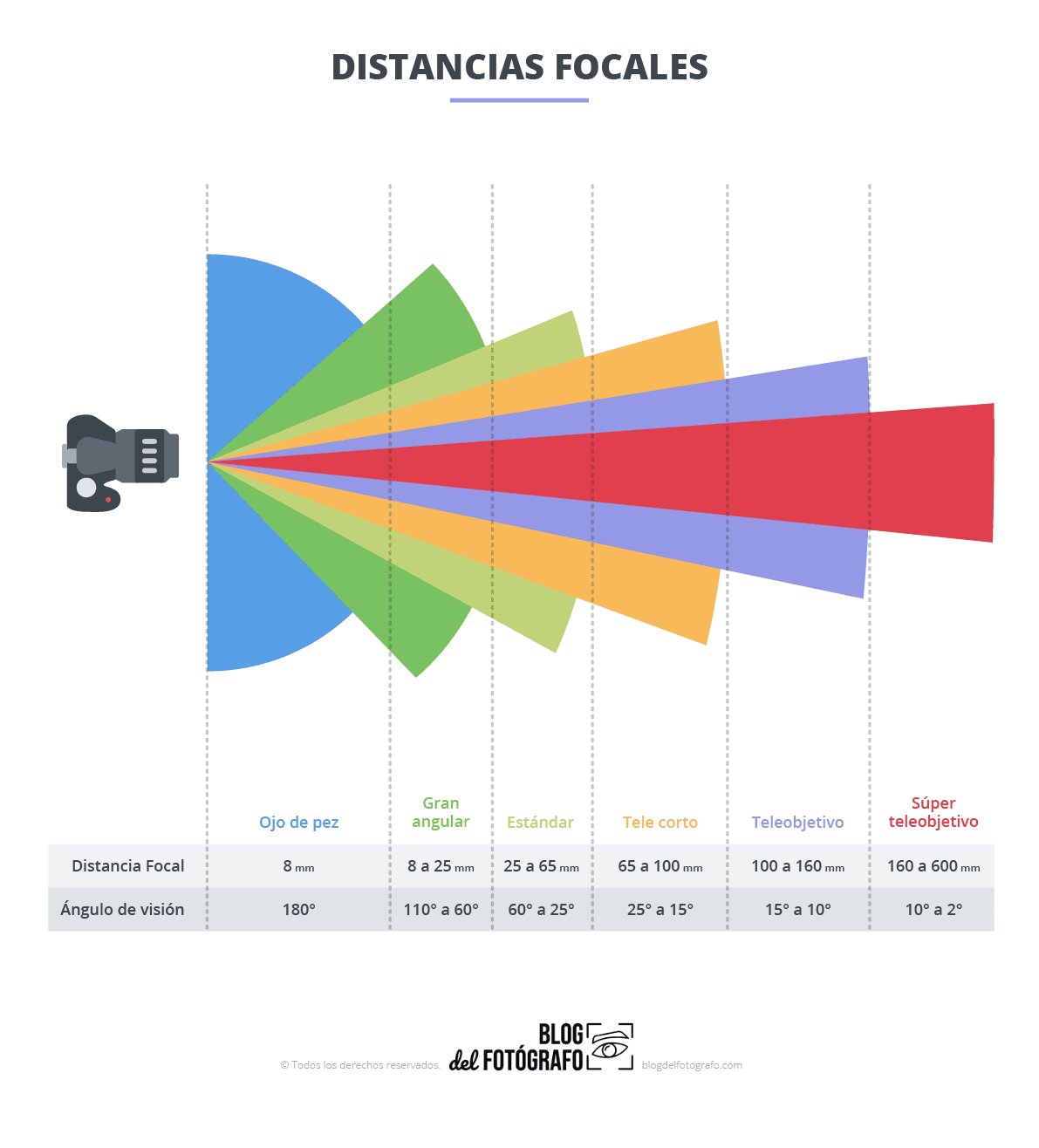
- Stabilizer. The greater the zoom it offers, the more need for a stabilizer you will need, especially for when you are not going to use a tripod. They usually have it integrated, but make sure that it is like this if you plan to use long focal lengths (a lot of zoom).
- Viewfinder. There are those who do not mind looking through the screen, but if you are looking through the viewfinder, keep in mind that not all bridge cameras have it.
- LCD screen. Think about whether you want it to be articulated or not, and whether size matters to you.
- Size and weight. If you are looking for a light camera, this point should not be overlooked. Like the size, it will depend on your hands and how comfortable it is for you.
- Others. Depending on your needs or interests, see if it has Wi-Fi connectivity, especially if you like to immediately share photos on social networks. The connectivity is also interesting to be able to connect the camera to a device such as a Smartphone, iPad, etc. In this way you can control the camera remotely. GPS is a highly valued point for travel or landscape photographers. If it's important to you, keep that in mind.
THE 7 BEST BRIDGE CAMERAS
Now yes, if you think that this is your ideal type of camera , and you are wondering which bridge camera to buy, these are our recommendations designed for different types of photographers and budgets:
PANASONIC LUMIX DC-FZ82
This Lumix records in 4K and has a 1200mm equivalent range , which will delight those who want to go really far. Perfect for those who chase the moon and its craters. Among its main features it has 18 megapixels , maximum aperture between f/2.8 and 5.9 , optical stabilizer and Wi-Fi connection .
It incorporates a Focus Stacking function that allows you to choose the focus point after taking the photo. You can also take a video and select the frame you like best.
Unlike Panasonic's previous model, this camera only goes to 600mm , however its maximum aperture remains at f/2.8 throughout the range , so if you're looking for brightness above range, this is the best option for you. In addition, it is resistant to water and dust. Among its main features are the noise reduction system, 4k video recording and 5-axis offset optical stabilizer (which works in video recording mode, except in high-speed or 4K video recording). .
- Weight: 691g with battery and SD memory card
- Dimensions: 131.6 x 91.5 x 117.1mm
Hereyou can see the complete specifications and sample photos.
NIKON COOLPIX P500
If you want a bridge for everything and extremely cheap, this is yours.
16MP (1/2.3″) sensor , wide focal range lens (23-900mm) , burst shooting at 7 fps, wireless connectivity and remote control with smartphone, vibration reduction, Full HD videos or tilting screen are some of her CARACTERISTICS.
Weight: 542g
Dimensions: 113.5 x 78.3 x 94.9mm
NIKON COOLPIX P900
18-megapixel Bridge camera, with an equivalent focal length between 24mm and 2000mm, maximum aperture of f/2.8 to f/6.5, Wi -Fi connection and NFC, vibration reduction, macro mode with focus from 1cm, viewfinder, tilting screen and GPS .
- Weight: Approx. 899 g (including battery and memory card)
- Dimensions: Approx. 139.5 x 103.2 x 137.4mm
As you can see, its biggest drawback is its weight and that it doesn't record in 4k.
Lunatics, you're in luck... this highly detailed photograph of the moon was taken with a Nikon Coolpix P900:
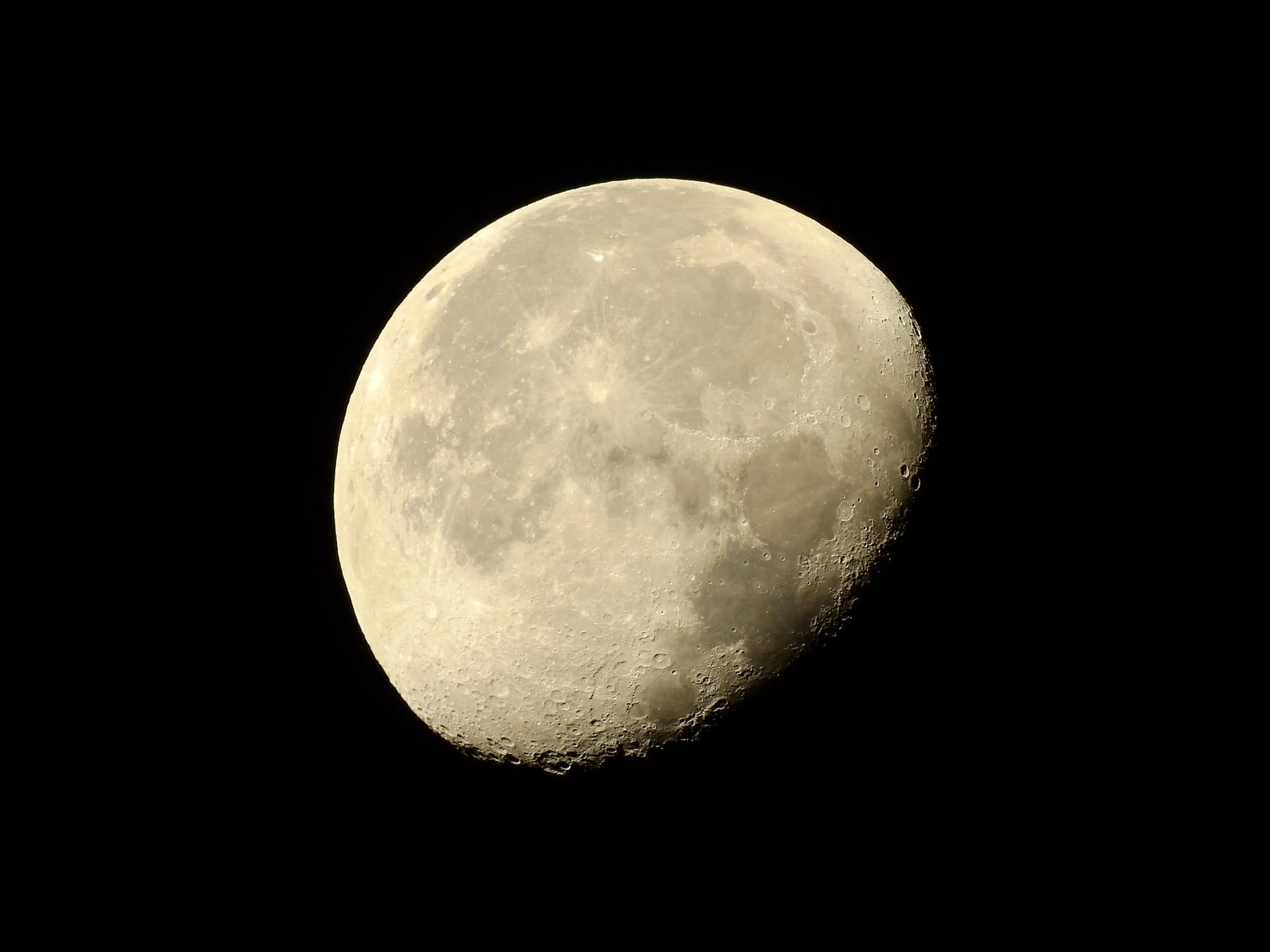
You can see the complete specifications on the Nikon page.
If this model seems interesting to you, take a look at the Nikon Coolpix P1000, it is the new version, therefore more expensive, but with a focal length of 3000mm. Can you believe it?
And if you want to know more about Nikon cameras, here you will find its entire catalogue, objectives and curiosities.
PANASONIC LUMIX DMC-FZ2000
This is one of the best mid-range bridge cameras designed for those who swim between two waters: photography and video. The best thing is that it has a 1″ sensor (with 20 megapixel resolution). One of its options is that you record in 4k at 30fps and then you can select the image of the sequence that you like the most. Focal length between 26 – 520 mm equivalent, with maximum aperture f/2.8 – 4.5, 5-axis optical stabilizer, viewfinder, Wi-Fi, among other features that you can see here.
- Weight: 966g (with battery and card)
- Dimensions: 137.6 x 101.9 x 134.7 mm (not including protrusions)
What interests me is that you see this image taken with a Panasonic Lumix DMC-FZ2000.

PANASONIC LUMIX DC-FZ1000 II
Its strengths are its large sensor (1″), its bright lens with f/2.8-4 maximum aperture and the possibility of shooting with the electronic shutter at 1/16,000s. It records in 4K and its optical zoom is 16x. The equivalent focal length it covers is 25-400mm. ISO up to 12800, rear focus, sequence composition, five-axis stabilizer, touch and tilt screen, aperture and speed buttons are other of its main features.
- Weight: 810g
- Dimensions: 136.2 x 97.2 x 131.5mm approx.
It is not for those looking for heart-stopping super-telephoto lenses, a 400mm is fine but it does not have the range of others. But it is ideal for capturing action and freezing scenes so fast that other cameras are not capable.
The following image is a sample of what it is capable of doing.
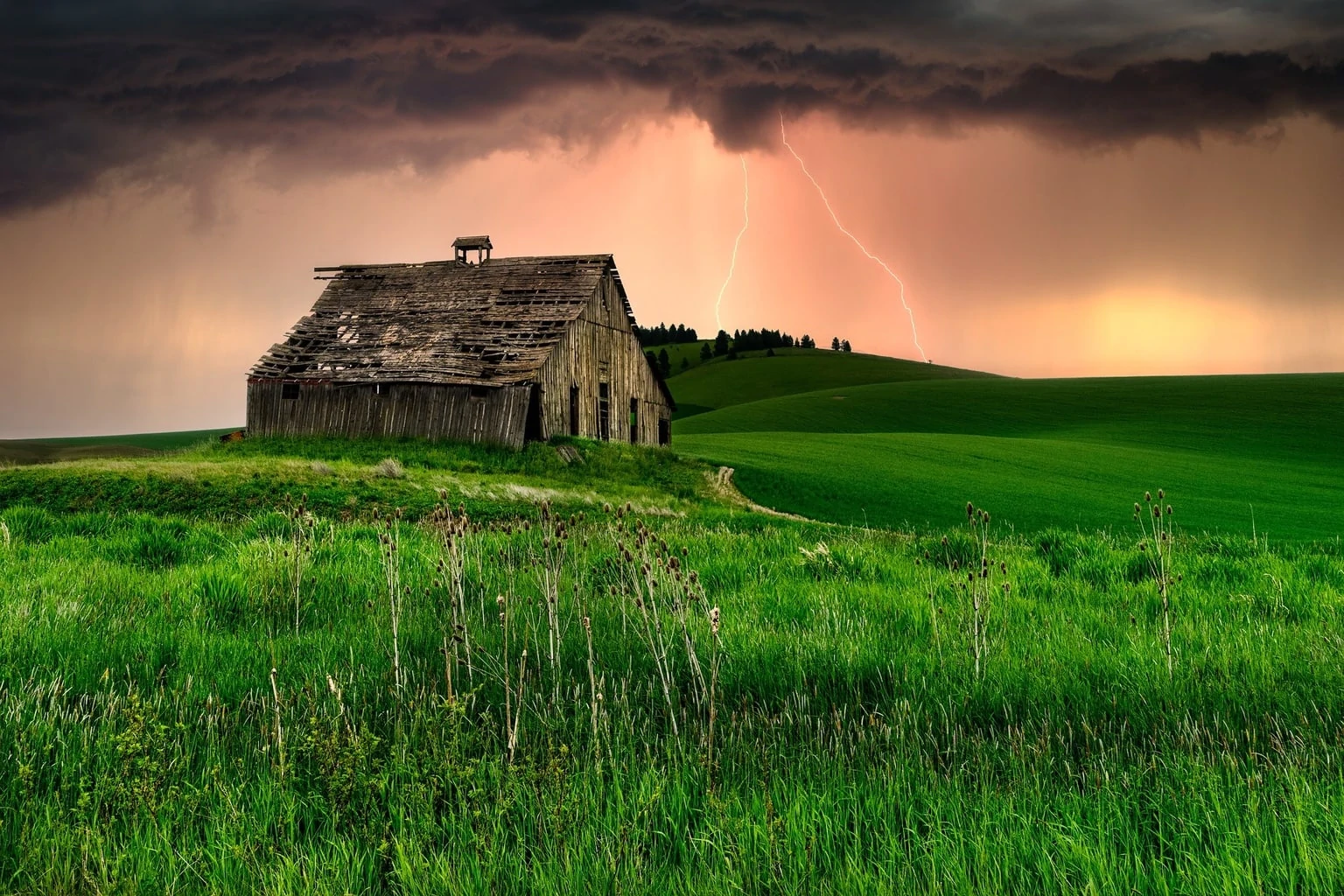
The complete specifications are here.
SONY CYBERSHOT RX10 IV
This is one of the best bridge cameras, but for advanced and professional users, since it is a high-end camera, designed for those who are going to make the most of it and know what they are doing, starting with a camera like this would already be not just waste money, but waste time and get frustrated.
With ultra-fast focusing, silent shutter, 24fps, 24-600mm equivalent focal length with f/2.4-4 maximum aperture, 315 AF points, hybrid autofocus for 4k recording, ultra-telephoto super slow motion, 1.0-type sensor (13. 2 x 8.8mm), viewfinder, tilting screen, optical stabilizer that equals 4.5 stops, and much more.
It is a camera designed for action and for those who need a quick response with a high level of demand.
It is obvious that the only drawback of this camera, apart from the weight, is its price, but it is what it has to have so many features
- Weight: 1,050g (body only)
- Dimensions: 132.5 x 94.0 x 145.0mm approx.
To show you an example of what it can do, this image is taken with a Sony Cyber-shot RX10 IV:
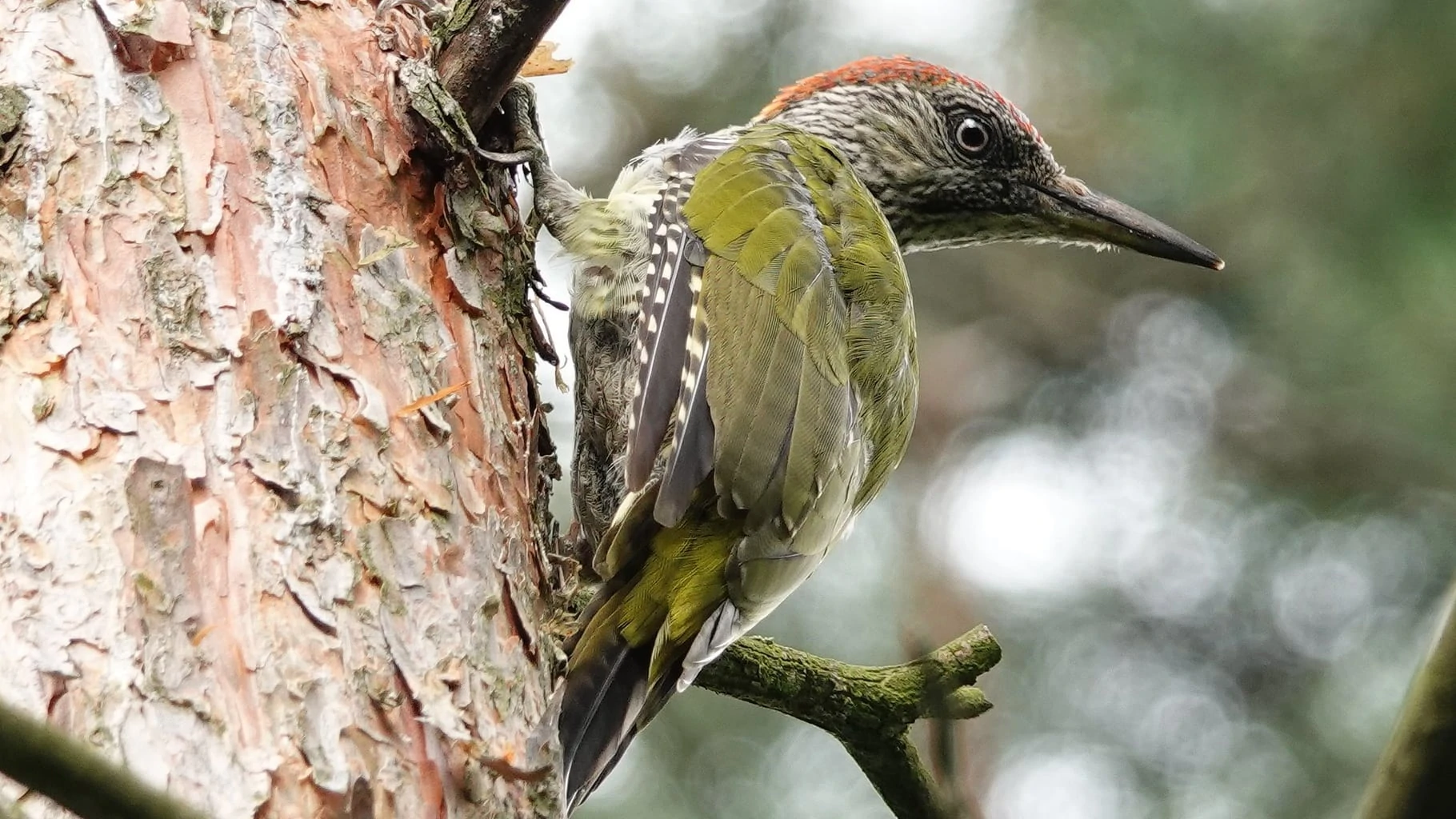
You can see all the detailed specifications here.
DID YOU LIKE THIS GUIDE WITH THE 7 BEST BRIDGE CAMERAS?
So far this complete guide on the best bridge cameras and their features. If you have any other questions or comments, feel free to leave them below. We will love to read and answer you.
And if what you are looking for is a camera to give as a gift, here are more gift ideas for photographers.
Did you find this content interesting? Please, do not cut yourself, share it. Maybe one of your contacts sees the light because he is looking for these cameras and doesn't know it!

